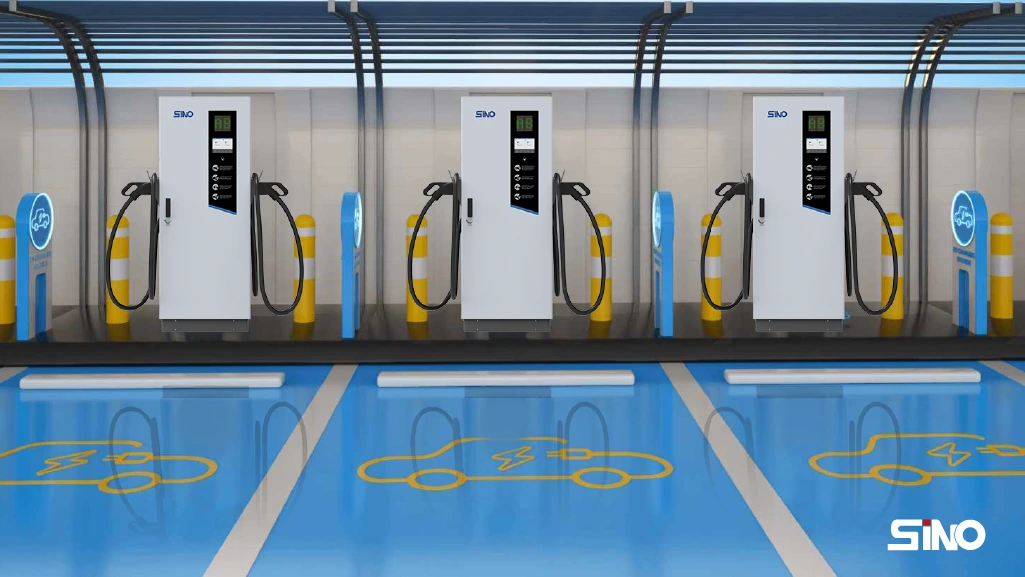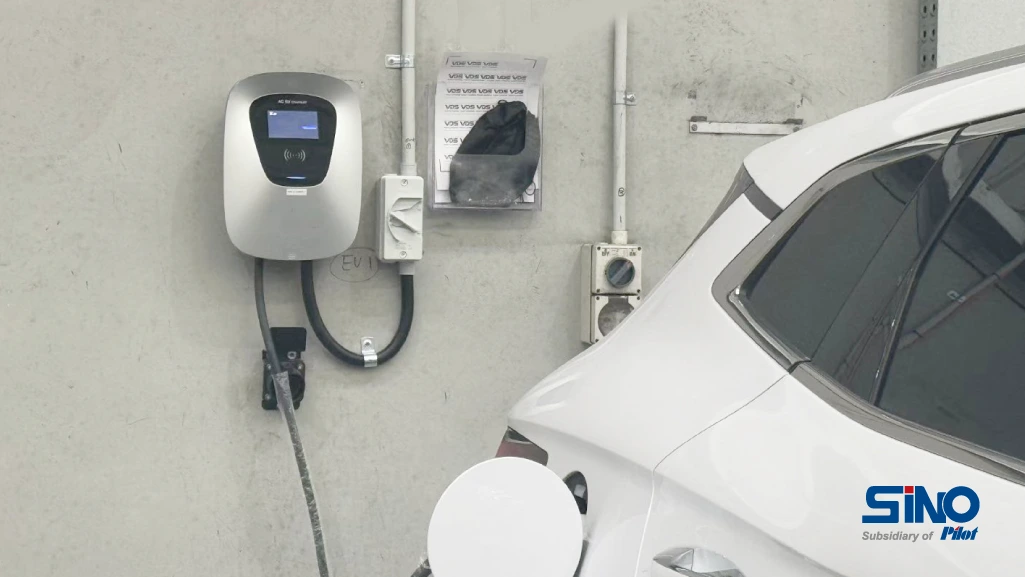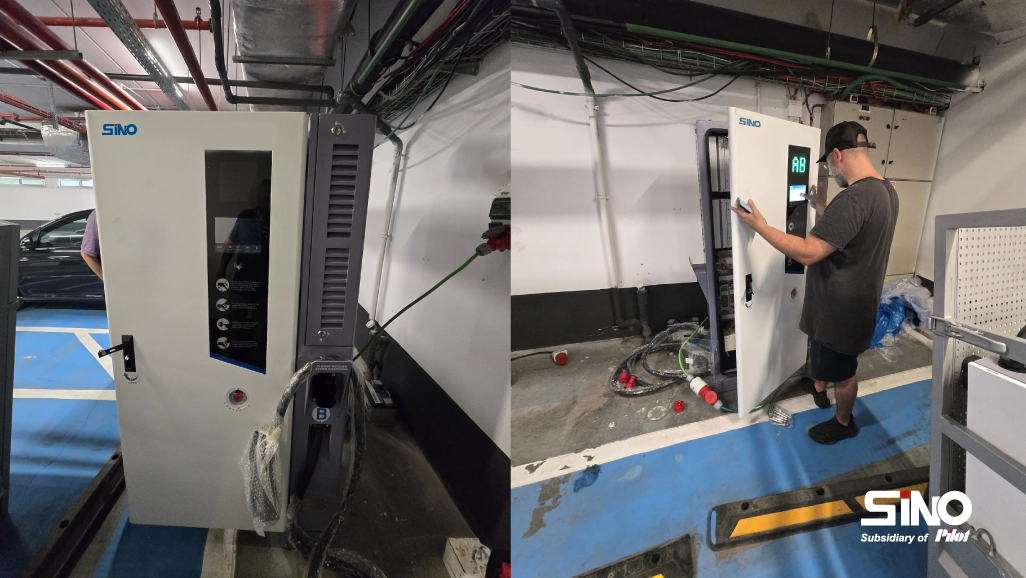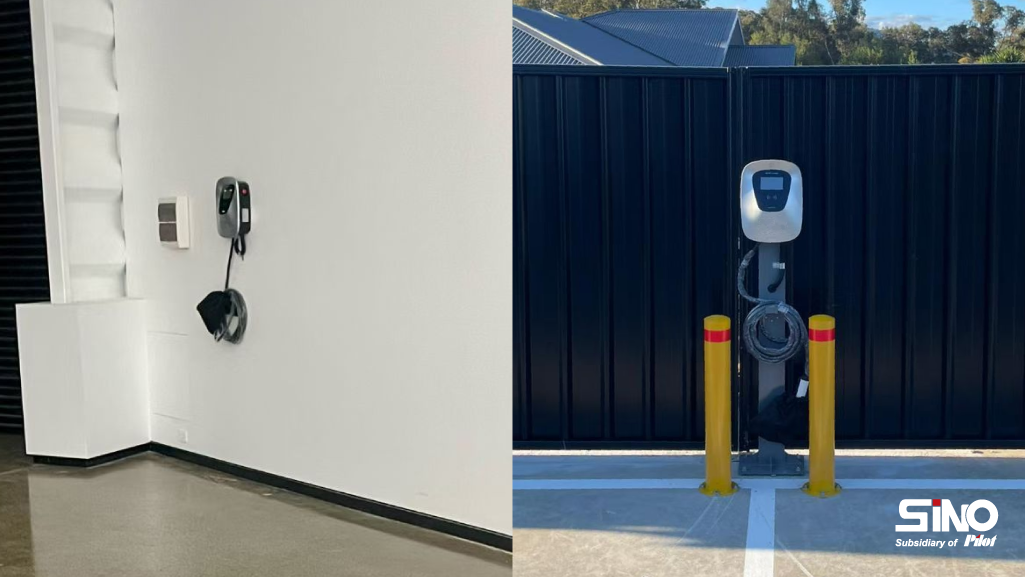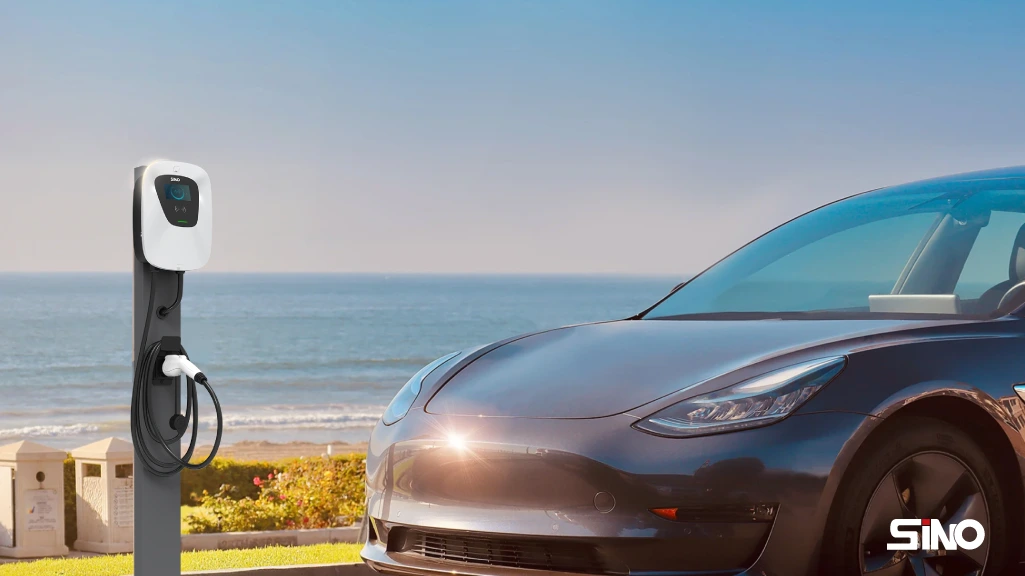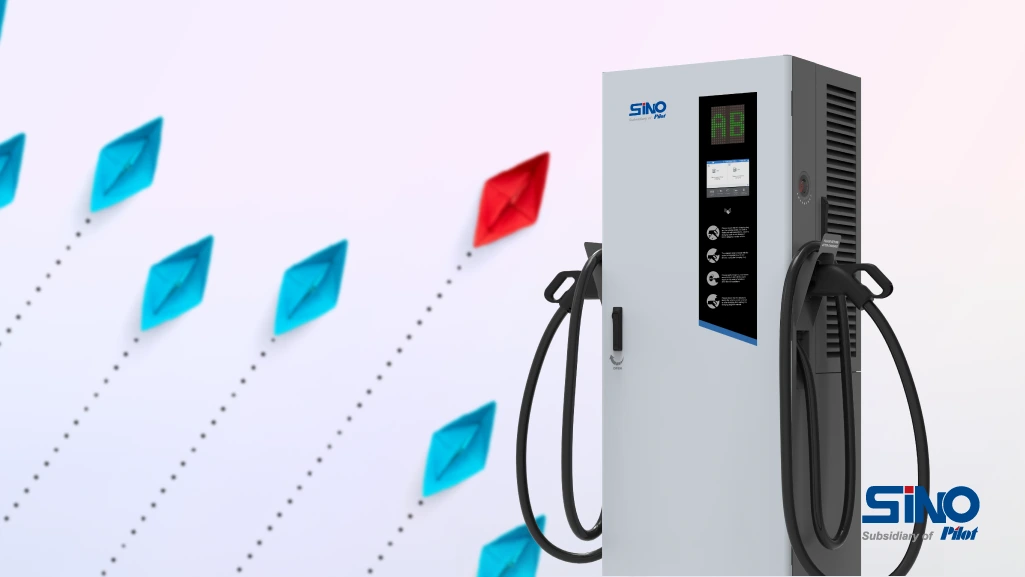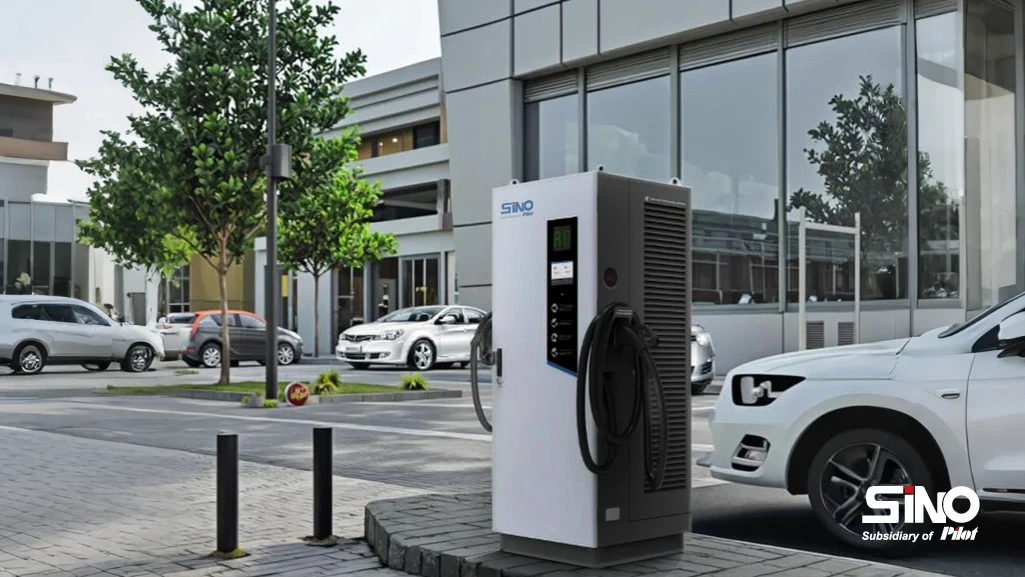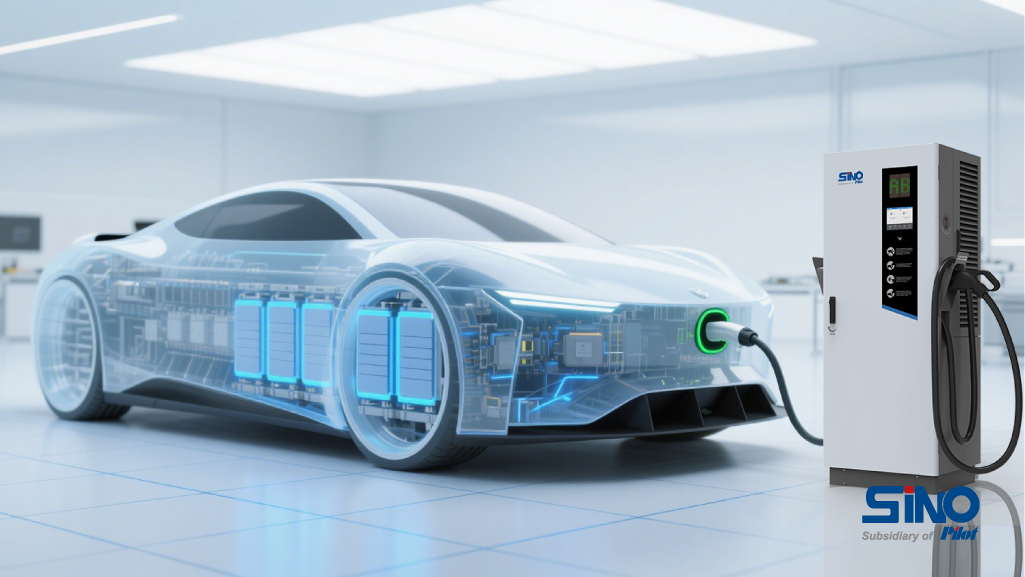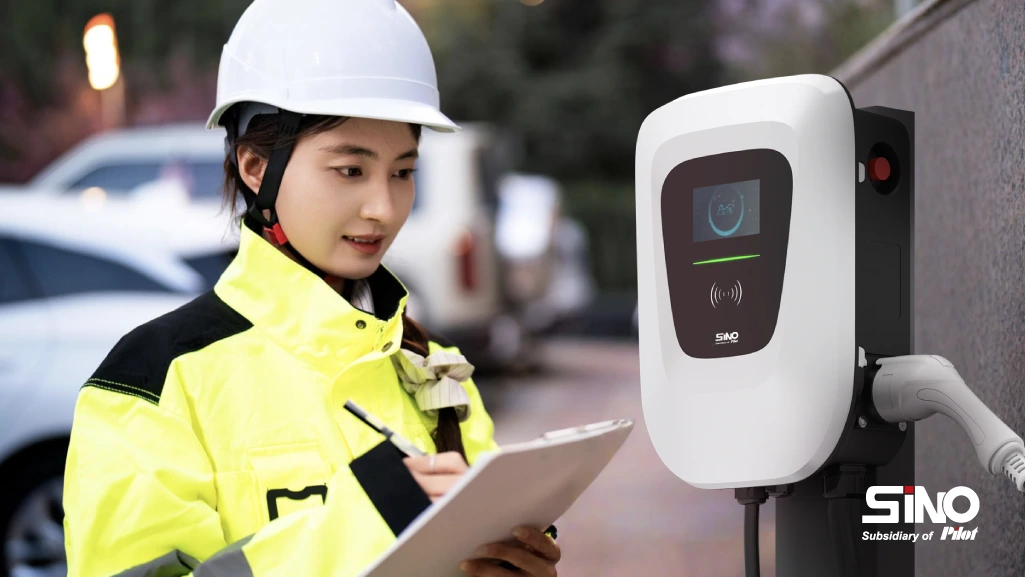Running an EV charger station can be a profitable business opportunity, but it demands thoughtful planning and the implementation of effective business strategies. In this article, we will examine the key approaches for successfully managing EV charging stations.
Potential Challenges in Operating EV Charger Stations
The rapid expansion of the electric vehicle (EV) market has sparked significant interest in establishing EV charger stations. While this presents a lucrative business opportunity, operators must navigate several challenges that can affect the efficient operation of these facilities.
Technical and Infrastructure Challenges
Charging Equipment Malfunctions
EV chargers consist of sophisticated technology that can encounter operational failures. Issues such as software malfunctions, problems with power conversion units, or defective connectors can interrupt the charging experience. Such breakdowns may result in customer dissatisfaction and revenue losses, as vehicles may either not charge at all or face delays.
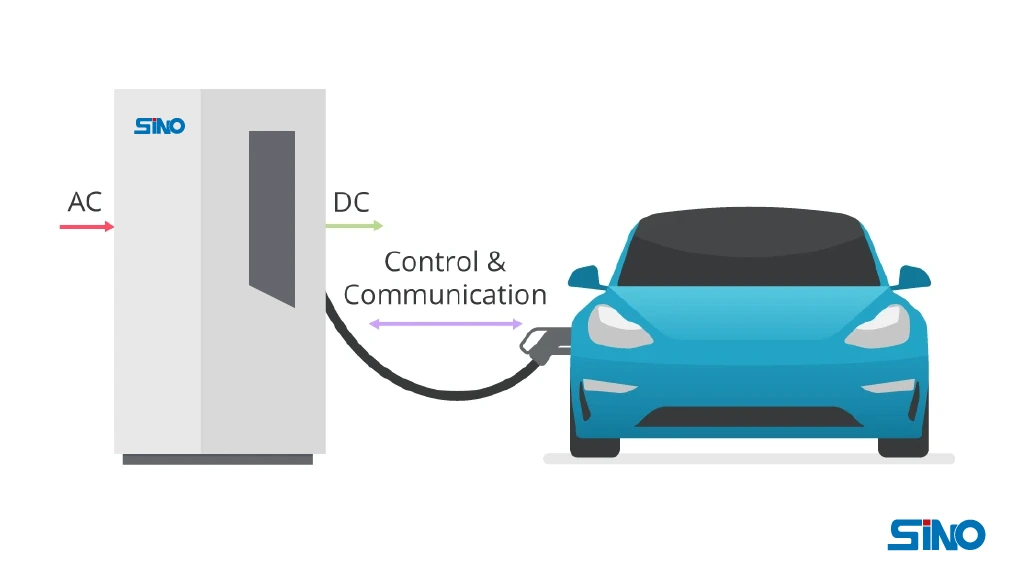
Additionally, the variety of EV models and their distinct charging requirements pose further challenges. Operators must ensure that the chargers are compatible with all EV types available on the market, which includes various charging standards and connector types. This need for consistency necessitates ongoing updates and maintenance of the charging equipment to meet customer needs effectively.
EV charger stations with Power Grid Integration
The deployment of electric vehicle (EV) charger stations can significantly impact the local power grid. Fast charging equipment, in particular, often demand a considerable amount of electrical capacity. Successfully integrating these chargers without overloading the grid or causing voltage fluctuations is a challenging endeavor. To achieve this, operators may need to collaborate closely with utility companies to enhance grid infrastructure or introduce load management systems. Furthermore, unexpected power outages can disrupt the functionality of charging stations. Without reliable backup power solutions, customers risk being stranded with partially charged vehicles, which can tarnish the reputation of the charger stations.

Business and Financial Challenges
High Initial Investment
Establishing an EV charger station requires a significant upfront investment. The expenses associated with purchasing and installing charging equipment, particularly fast-charging units, can be quite high. Furthermore, there are additional costs tied to site preparation, which may include acquiring or leasing land, constructing charging bays, and setting up the necessary electrical infrastructure.
For small and medium-sized operators, securing financing for these initial costs can be a challenge. Financial institutions and investors may be reluctant to provide funding, given the evolving nature of the EV charging market.

Revenue Generation and Pricing for ev charger stations
Finding the right pricing strategy for charging services presents its own difficulties. If prices are set too high, customers may be deterred; conversely, if they are too low, the revenue may not be enough to cover costs and ensure profitability. The market is increasingly competitive, with new charging stations emerging regularly, which pressures operators to keep rates attractive.
Revenue generation can also be influenced by low utilization rates. A charging station situated in an area with less-than-expected EV traffic, or one that faces an oversupply of nearby charging facilities, may struggle to draw in sufficient customers to remain financially viable.
Operating Costs
Maintaining charging equipment incurs ongoing expenses. Regular inspections, repairs, and software updates are essential to keep chargers functioning optimally. Additionally, there are costs associated with electricity use, particularly if the operator must pay commercial rates. Staffing for customer support and on-site management further adds to overall operating expenses.
Regulatory and Policy Challenges
Permitting and Zoning for EV charger stations
Installing and operating an EV charger station requires navigating a complex permitting process. Local zoning regulations may limit where these charging facilities can be established, necessitating interaction with various regulatory agencies to obtain the necessary approvals. This complexity can delay the setup of the station and increase overall costs. Additionally, any changes to zoning regulations or local policies during the station’s operation can create further challenges. For instance, modifications in land use requirements might compel an operator to alter or move the charging station.

Incentive Programs and Policy Uncertainty
Many operators depend on government incentives to help cover costs associated with launching and maintaining EV charger stations. However, these programs are often vulnerable to shifts in government policy, which can lead to reductions or even the elimination of crucial financial support. The uncertainty surrounding policy changes, such as alterations in tax credits for EV purchases or new regulations governing charging infrastructure, adds another layer of complexity for operators trying to plan for the future.
Customer-Related Challenges for EV Charger stations
Customer Awareness and Education
A significant number of EV owners may not be aware of the locations and availability of charging stations. To enhance visibility, operators should invest in effective marketing and outreach efforts. Furthermore, some EV users might lack familiarity with the various types of chargers and the overall charging process. Implementing clear instructions and educational programs for customers can be resource-intensive but is essential.
Customer Expectations and Service Quality
EV owners often maintain high expectations regarding the reliability and speed of charging services. Issues such as charger availability, extended wait times, or subpar customer service can result in negative reviews and loss of clientele. To meet these expectations, efficient management of the charging station is crucial, including regular maintenance, prompt responses to customer inquiries, and ensuring a seamless charging experience.
So, we can see that operating EV charger stations presents a range of challenges across technical, business, regulatory, and customer-related domains.To tackle this, we have some recommendations.
How Can EV Charger Station Operators Attract and Retain Customers?
Nowadays, competition among EV charger station operators is becoming more fierce. Success in this field relies not only on attracting new customers but also on keeping them loyal. Below are several effective strategies to accomplish this.
Location and Accessibility for EV Charger Stations
Strategic Site Selection
Operators should prioritize the placement of charging stations in high-traffic areas. Ideal locations include shopping malls, restaurants, entertainment venues, and office complexes. For instance, a charging station situated near a bustling shopping destination allows EV drivers to charge their vehicles while they shop, enhancing convenience. Similarly, stations located near workplaces can cater to daily commuters.

Additionally, highway rest stops play a vital role. Long-distance travelers depend on these stops to quickly recharge their EVs during their journeys. By strategically positioning stations along major highways, operators can tap into this significant customer base.
Ease of Access
It is essential to ensure that charging stations are easily accessible. The layout of each station should accommodate various vehicle types and provide ample space for maneuvering. Clear signage should guide drivers both on the approach to the station and within the station, directing them to available chargers.
Operators should also minimize any obstacles or barriers that could hinder access to charging points. For example, avoid using unnecessary bollards or creating complex entry and exit procedures that may frustrate customers.
Charging Infrastructure and Technology
Diverse Charging Options
Provide a range of charging speeds and types, including Level 1, Level 2, and DC fast-charging options. Each electric vehicle (EV) owner has unique needs according to their travel plans. For instance, a driver in a rush may need DC fast charging , whereas someone parked for an extended time, like during work hours, might prefer a slower, more economical charging solution.
It’s essential to keep the charging equipment up to date with the latest technology. This ensures compatibility with emerging EV models. Regular investments in upgrades will enhance charging efficiency and minimize charging times.
Smart Charging Features
Adopt smart charging systems that incorporate features like real-time charger availability information. Customers should have the option to check online or via a mobile app to see if a charger is available before they arrive at the station.
Incorporate load management capabilities to enable the station to support multiple charging vehicles at once without straining the electrical grid. This feature can also prioritize charging for customers who have opted for premium services or who have urgent needs. More information about load management, you may read our blog Load Management of EV Charger.
Pricing and Incentives
Competitive Pricing
Carry out market research to establish competitive pricing for your charging services, ensuring your rates align with nearby charging stations. Consider varying pricing tiers based on charging speed or timing, such as offering a lower hourly rate for prolonged slow-charging sessions, while charging a premium for quick fast-charging sessions. This strategy not only encourages customers to select the charging option that best meets their needs but also helps maximize revenue.
Raise the charging rates during high-demand periods, such as evenings or weekends in busy areas, and provide discounts during slower times to attract more customers.
Transparency in pricing is crucial; make sure to display charging rates clearly at the station and on associated online platforms. Avoid hidden fees or complex pricing structures that could confuse your customers.
Loyalty Programs and Incentives
Develop loyalty or membership programs that reward frequent users, such as earning points for each charging session. These points can be redeemed for free charging, discounts on future sessions, or other benefits like priority access during busy times.
Providing one-time incentives for new customers, like a complimentary initial charging session or discounts on their first few visits, will encourage drivers to experience your station and may lead to their regular patronage.
Customer Service and Communication
24/7 Customer Support
Ensure you offer customer support around the clock. This can take the form of a help desk staffed to handle inquiries, assist with charging issues, and address any customer concerns. Whether customers face payment problems, malfunctioning chargers, or general questions about the charging process, having immediate support available fosters confidence and satisfaction.
Establish a user-friendly emergency contact system for situations like power outages or other critical issues that may disrupt the charging experience.

Effective Communication
Utilize multiple communication channels to keep your customers informed. This includes sending notifications through a mobile app regarding charger availability, charging status, and any scheduled maintenance or changes at the station. Social media platforms can also serve as valuable tools for sharing information, responding to customer feedback, and fostering a community around the charging station.
Regularly seek customer feedback through surveys or suggestion boxes at the station. Use this input to enhance your services and demonstrate to customers that their opinions matter.
Station Ambiance and Additional Amenities for your EV charger station
Clean and Safe Environment
Maintain a clean and well-kept charging station. A pleasant and hygienic environment enhances the charging experience for customers. Regularly clean the charging bays, remove litter, and ensure the area is well-lit, especially during nighttime.
Safety is a critical factor. Install security cameras and ensure the station is located in a well-patrolled area or has its own security measures in place. This provides customers with peace of mind while their vehicles are charging.
Amenities
Consider adding extra amenities at the charging station. Options may include seating areas, Wi-Fi access, vending machines, or restroom facilities if feasible. These enhancements can elevate the overall customer experience and make the charging station a more appealing stop.
By adopting these business strategies, operators can effectively meet the increasing demand for EV charging services and establish a profitable and sustainable business within this emerging industry.
Our Social
Facebook: www.facebook.com/sinoevc
Instagram: www.instagram.com/sinoevc
Linkedin: www.linkedin.com/company/sinoevse
Youtube: www.youtube.com/@sinoevc
Twitter: www.twitter.com/sinoevc

“Charging for A Better Life”
—Zhuhai Sino Energy Technology Co.,Ltd.



